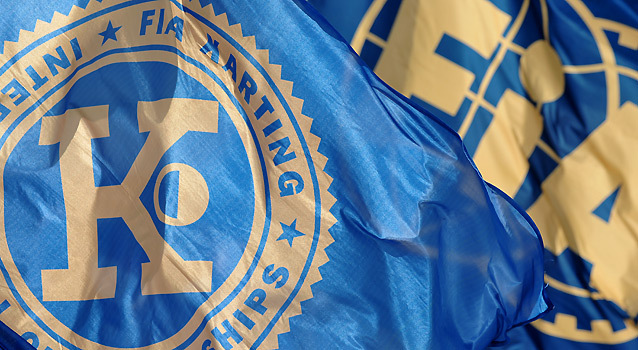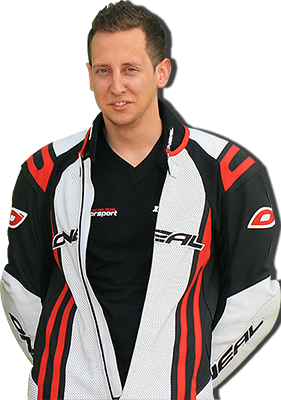CIK FIA European Championship
Nothing is abnormal up to here but there are also a few extreme features. Some raw figures are sufficient to depict this kart which is really out of the ordinary: 100 HP for 218 kilos (Driver included), from 0 to 100 km/h in 2“3, and average speeds over 180 km/h.
Talking about Superkart is entering another dimension. It is discovering a different community of Drivers, often older amateurs (in the noble sense of the term) animated by a sincere passion for strong sensations and who have not made any career plans to become Motorsport professionals. It is discovering a world of micro-manufacturers where brilliant and ingenious artisans rule. It is seeing “body built” karts with full bodywork, wings and spoilers which associate their set-ups with the search for the best ratio between maximum speed and downforce in accordance with the circuit characteristics.
As a matter of fact, the circuits used are not those reserved for Karting but are automobile tracks. These so different playgrounds a priority out of proportion relative to the size of the karts partly explain why Superkarts often appear more like remote cousins than like big brothers of the traditional karts. Necessarily cramped on a Karting track, a Superkart needs large spaces to deliver its full power. It is only in its element on tracks such as Silverstone, the Nurburgring, Assen, Hockenheim, Le Mans (Bugatti version) or Laguna Seca.
Invented and made popular by the English the Superkart category started to take an international dimension from 1978 with its own European Championship, which was turned into a World Championship in 1983. The discipline enjoyed its heydays at the end of the 80’s before undergoing a progressive decline. The last World Championship took place in 1995 at Zeltweg (AUT), where the fastest lap was completed at the average speed of 193 km/h! With too few participants, plagued by an explosion of budgets and by a lack of engines, Superkart went through difficult times from 1996 to 2001 before having again a real European Championship in 2002, thanks in particular to the emergence of new engine Manufacturers on the market. Between 2002 and 2010, the CIK-FIA European Championship got the maximum number of participants provided for by the regulations several times with 60 Drivers per race. Having the privilege of performing within the framework of prestigious Motorsport or Motorcycling events (French F1 GP in 2007, US Moto GP in 2006, DTM in 2008, Rizzla Racing Days at Assen), Superkart is also the only form of Karting which can sometimes run in front of tens of thousands of spectators, who obviously admire these “pocket-size Formulae Ones”.
(c) by cikfia
Quick Facts
01.06.2017 – 04.06.2017
Gamma Racing Days 2017 – Assen (NL)
01.08.2017 – 03.08.2017
Le Mans (FR)
28.10.2017 – 29.10.2017
2. Peter Elkmann
3. Yannick de Brabander
4. Liam Morley
5. Marcel Maasmann
6. Daniel Clark
7. Laurens Westerdijk
8. Stefan Malm
9. Vesa Lehtinen
10. Andreas Jost
11. Recardo van Dijk
12. Leo Kurstjens
13. Julien Goullancourt
14. Jason Dredge
15. Guido Kleinemeyer

